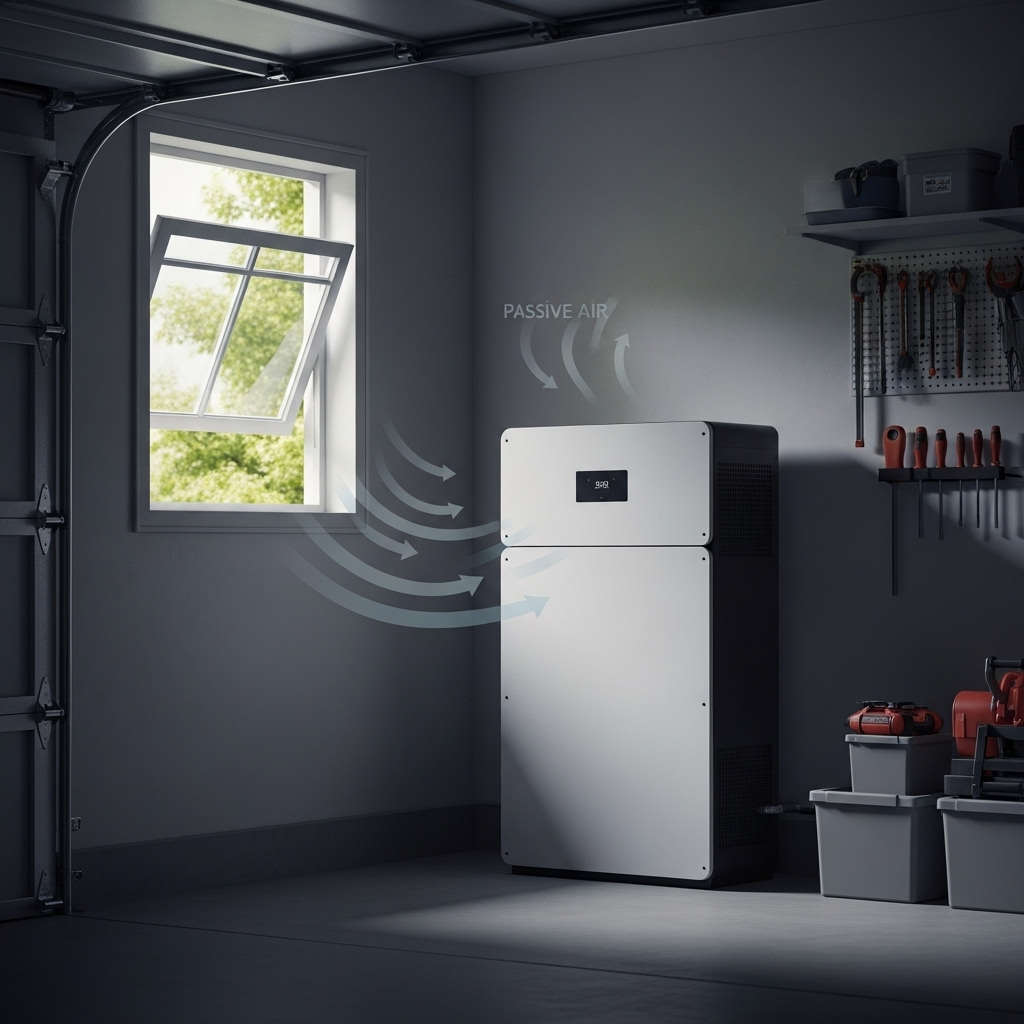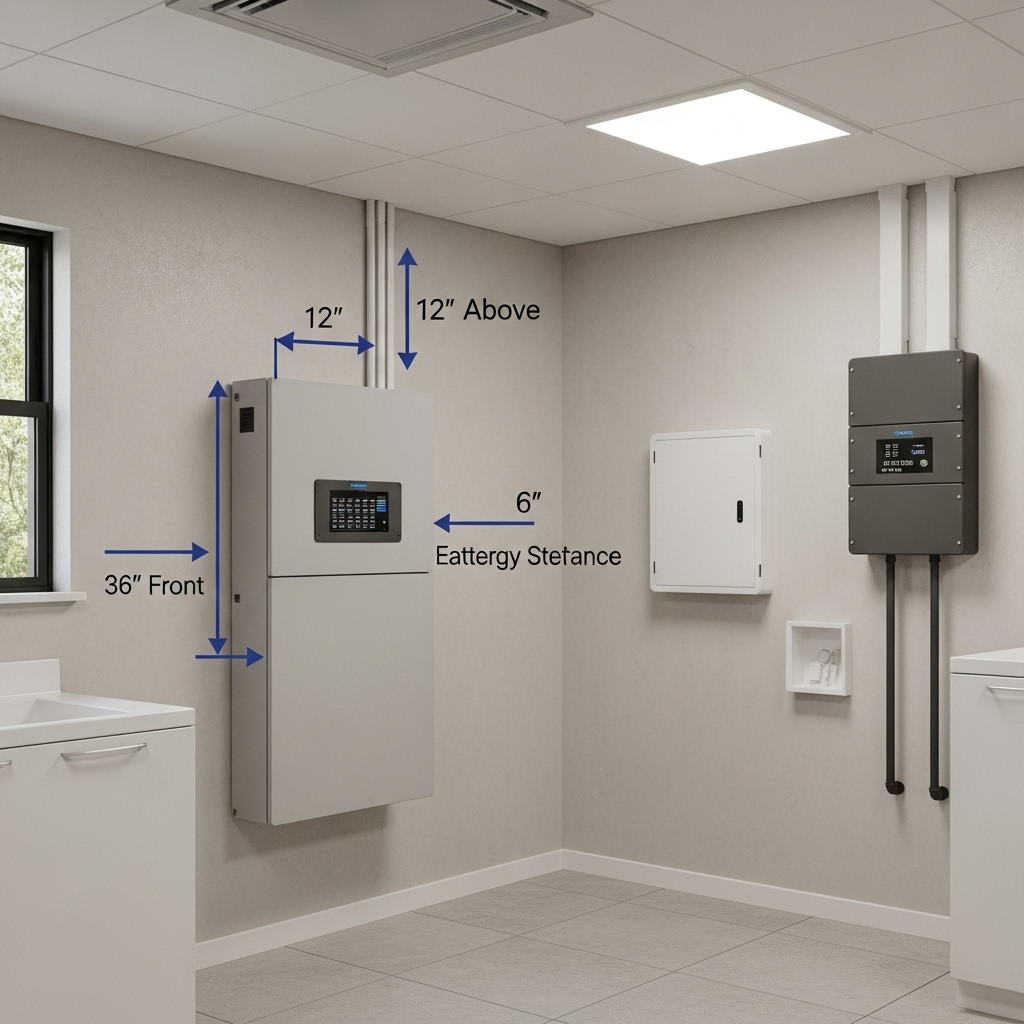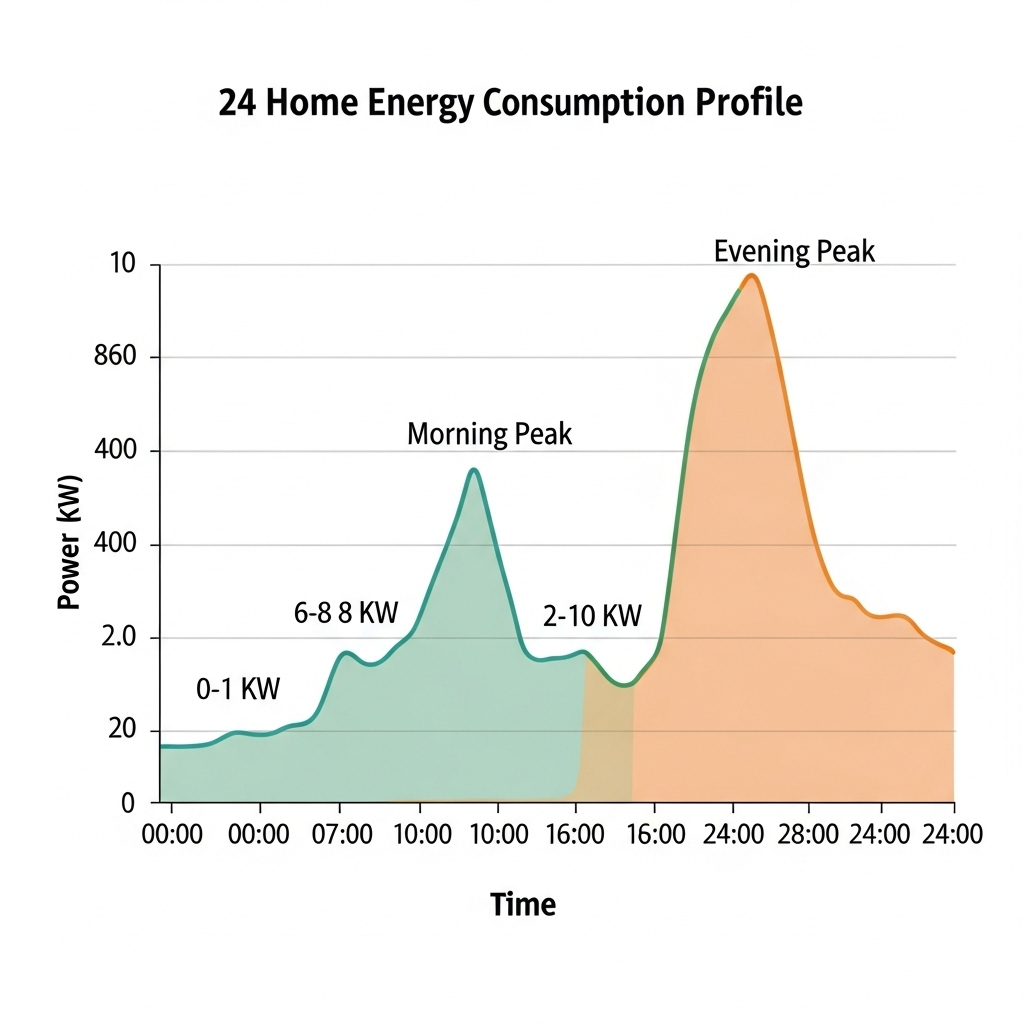A power outage strikes. Your lights flicker and go out, but moments later, your home battery backup system kicks in. The essentials are running, and your home is an island of stability. However, a hidden challenge is just beginning: heat. During an outage, your battery works tirelessly to power your home, generating significant heat while the primary cooling source—your air conditioner—is likely offline. This scenario creates a critical need for emergency battery cooling to protect your investment and ensure reliable power.
Why Outages Create a Unique Thermal Risk
Power outages present a perfect storm for battery overheating. Understanding these factors is the first step toward effective thermal management when the grid is down.
Increased Thermal Load
During a typical day, your battery cycles between charging from solar panels and discharging to power your home, often with periods of rest. In an extended outage, the battery is in a constant state of discharge, supplying power to refrigerators, lights, and other appliances. This continuous workload generates more sustained heat than usual. High temperatures can accelerate the chemical reactions inside the battery, which may seem to increase output temporarily but ultimately shortens the battery's lifespan.
Loss of Primary Cooling
Most homes rely on central air conditioning to maintain a stable indoor temperature. When the grid fails, the AC unit shuts down. While your battery system's built-in fans will continue to run, they are simply circulating warmer ambient air. If your battery is in a garage or utility room, the temperature in that space can climb quickly, significantly reducing the effectiveness of its own air-cooling system.
The Vicious Cycle of Heat
Heat creates a detrimental feedback loop. As the ambient temperature rises, the battery's cooling system becomes less efficient. This causes the battery's internal temperature to increase, which in turn reduces its operational efficiency and accelerates degradation. Sustained high temperatures can lead to irreversible damage to battery cells. According to an in-depth look at solar storage performance, maintaining an optimal temperature is one of the most critical factors for ensuring both the longevity and consistent output of your energy storage system.
Passive Cooling Strategies: Your First Line of Defense
Before resorting to active measures, you can use several passive techniques to manage heat. These simple, no-power-needed solutions are surprisingly effective outage cooling solutions.
Strategic Location and Clearance
The best defense starts before the outage. Installing your battery in a cool, dry, and shaded location like a basement or an insulated garage provides a thermal buffer. During an outage, double-check that the area around your battery is clear. Ensure at least a few inches of open space around all vents to allow for unimpeded airflow. Remove any boxes, tools, or other items that may have been placed nearby.
Promote Natural Ventilation
If the outside air is cooler than the air inside the room where your battery is located, use it to your advantage. Opening doors and windows on opposite sides of the room can create a cross-breeze, flushing out hot air and introducing cooler air. This simple act of promoting natural airflow is a powerful tool for emergency battery temperature control.
Radiant Barriers and Insulation
Properly insulated walls and radiant barriers in spaces like garages and attics slow down heat transfer from the outside. While this is a preparatory measure, its value becomes clear during a heatwave outage. A well-insulated room will heat up much more slowly, giving your battery a less stressful environment to operate in and providing more time to implement other cooling measures.
Active Cooling Solutions for Power Outages
When passive methods aren't enough, you can turn to low-power active solutions to give your system the cooling boost it needs.
Prioritize Power for Cooling Fans
Your battery's integrated cooling fans are a critical load. Your Battery Management System (BMS) is designed to keep these fans running to protect the cells. Trust the system to manage its own health, and avoid turning off breakers connected to the energy storage unit in an attempt to save power.
Low-Power, Independent Fans
A small, portable fan can make a big difference. USB-rechargeable or DC-powered fans consume very little energy—often just 5 to 10 watts—which is a minimal drain on your home's backup power. Aim one of these fans directly at your battery system's air intake vents. This increases the volume of air moving over the heat sinks, substantially improving cooling efficiency.
Ice as a Temporary Thermal Sink (Use with Caution)
In extreme situations, you can use ice to cool the air *before* it enters the battery's ventilation system. Place pans of ice or frozen cold packs a few inches away from the air intake vents. As the fan draws air over the ice, the air temperature will drop, providing more effective cooling. The concept of using phase-change materials for cooling is well-established; as noted in the Innovation outlook: Thermal energy storage by IRENA, ice storage systems are used in commercial applications to manage cooling loads efficiently.
Disclaimer: Never place ice or water directly on the battery enclosure. Keep all moisture far away from electrical components to prevent short circuits and permanent damage.
Monitoring and Preparedness for Reliability
Staying ahead of thermal issues requires a combination of monitoring and planning.
Leverage Your Battery Management System (BMS)
Your BMS is the brain of the operation, constantly monitoring cell temperatures and system health. Familiarize yourself with your system's monitoring app. Keep an eye on the battery temperature, especially during heavy use in an outage. The BMS will automatically throttle performance or even shut the system down to prevent thermal damage, but being aware of rising temperatures allows you to take proactive cooling measures.
Develop an Outage Cooling Plan
Don't wait for an emergency to think about battery temperature control. Create a simple plan beforehand. Have a couple of low-power fans stored and ready. Know which windows to open for the best cross-ventilation. A little preparation ensures a calm and effective response when an outage occurs.
Understand Performance and Temperature
Heat is not just a threat to your battery's lifespan; it also impacts immediate performance. Most LiFePO4 batteries operate optimally between 0°C and 45°C (32°F and 113°F). As temperatures climb beyond this range, efficiency can decrease, meaning you get less usable energy from your system when you need it most. Protecting your battery from heat is directly linked to securing your energy independence.
Final Thoughts on Emergency Readiness
A power outage is the ultimate test of your energy storage system. While the system is designed for reliability, extreme heat introduces a significant variable. By combining smart passive strategies with low-energy active cooling and diligent monitoring, you can effectively manage thermal risk. A proactive approach to emergency battery cooling ensures your system remains a dependable source of power, safeguarding your comfort and security through any grid disruption.
Frequently Asked Questions
Can my battery overheat during a winter power outage?
Yes. While the ambient temperature is low, the battery still generates significant heat under a heavy load. If it's in a small, poorly ventilated closet or enclosure, the localized temperature can still rise to unsafe levels. Proper clearance and ventilation are always important, regardless of the season.
Is it safe to pour water on my battery to cool it down?
Absolutely not. Water and electronics do not mix. This will cause a short circuit, permanent damage, and create a severe safety hazard. Never use water or any liquid directly on your battery system.
How much power do external cooling fans use?
Small DC or USB-powered fans are very efficient. They typically consume only 5 to 15 watts of power, which is a negligible drain on a home battery system that holds many kilowatt-hours of energy. The benefit of improved cooling far outweighs the minor energy consumption.
What temperature is considered too hot for a LiFePO4 battery?
Most LiFePO4 batteries operate best between 20°C and 25°C (68°F to 77°F). While they can function at higher temperatures, sustained operation above 45°C (113°F) can accelerate degradation and reduce lifespan. Your system's BMS should prevent it from operating in dangerously high temperatures, typically by throttling or shutting down above 60°C (140°F). Always check your manufacturer's specific recommendations.





Leave a comment
All comments are moderated before being published.
This site is protected by hCaptcha and the hCaptcha Privacy Policy and Terms of Service apply.